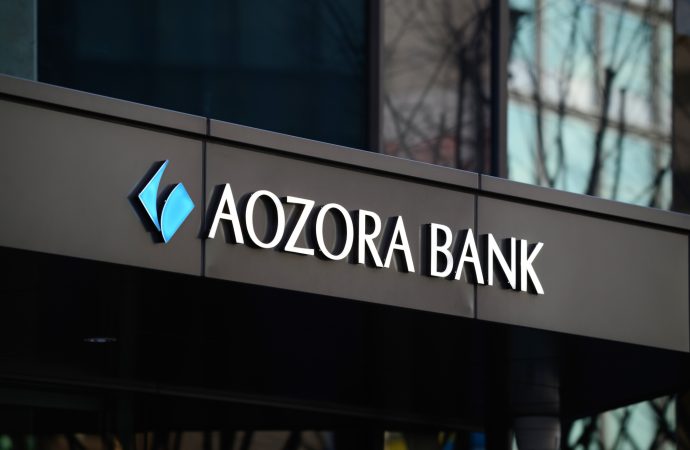Introduction: Aozora Bank’s challenges in the U.S. property market have raised red flags for Japanese investors. This article explores the intricacies of Aozora’s difficulties, the broader implications for Japanese investors venturing into foreign real estate, and the Aozora Bank valuable lessons to be gleaned from this cautionary tale. Aozora Bank’s Struggles Unveiled: Delve into the
Introduction:
Aozora Bank’s challenges in the U.S. property market have raised red flags for Japanese investors. This article explores the intricacies of Aozora’s difficulties, the broader implications for Japanese investors venturing into foreign real estate, and the Aozora Bank valuable lessons to be gleaned from this cautionary tale.
Aozora Bank’s Struggles Unveiled:
Delve into the details of Aozora Bank’s issues in the U.S. property market. Hiroshi Yamamoto, a Real Estate Analyst and Investment Strategist, dissects the challenges faced by the bank, offering insights into the specific issues and how they may impact Japanese investors.
Broader Implications for Japanese Investors:
Aozora’s experience serves as a warning to Japanese investors eyeing overseas property investments. This section examines the broader implications, including the risks associated with cross-border real estate ventures and the considerations investors should factor into their strategies.
Lessons Learned in Foreign Real Estate Investments:

This image is taken from google.com
As Japanese investors navigate global property markets, there are invaluable lessons to be learned from Aozora Bank’s experience. Yamamoto provides guidance on risk mitigation, due diligence, and strategic planning to help investors make informed decisions when venturing beyond domestic real estate markets.
Mitigating Risks in Cross-Border Investments:
Explore strategies and best practices for Japanese investors looking to mitigate risks in foreign real estate ventures. From thorough market research to establishing strong local partnerships, the article offers a comprehensive guide on how to approach cross-border investments prudently.
Informative Tables:
Table 1: Aozora Bank’s U.S. Property Holdings and Challenges
| Property Type | Key Challenges Faced |
|---|---|
| Residential Developments | Market saturation, declining demand |
| Commercial Properties | Economic downturn, tenant vacancies |
| Loan Portfolio | Risks associated with non-performing loans |
| Regulatory Environment | Compliance challenges in a foreign legal and regulatory landscape |
Table 2: Considerations for Japanese Investors in Foreign Real Estate
| Consideration | Importance for Risk Mitigation |
|---|---|
| Thorough Due Diligence | Assessing market conditions, property values, and potential risks |
| Local Partnerships | Collaborating with reputable local entities for insights and support |
| Diversification Strategy | Spreading investments across different regions and property types |
| Risk Management and Compliance | Staying abreast of foreign regulations and legal requirements |
Conclusion:
Aozora Bank’s challenges in the U.S. property market offer Japanese investors a valuable cautionary tale. Hiroshi Yamamoto’s analysis serves as a guide for investors, highlighting the risks and considerations associated with cross-border real estate ventures and providing insights on how to navigate these challenges wisely. As Japan continues to explore opportunities in global real estate, the lessons learned from Aozora’s experience can pave the way for a more informed, strategic, and resilient approach to international property investments.
















